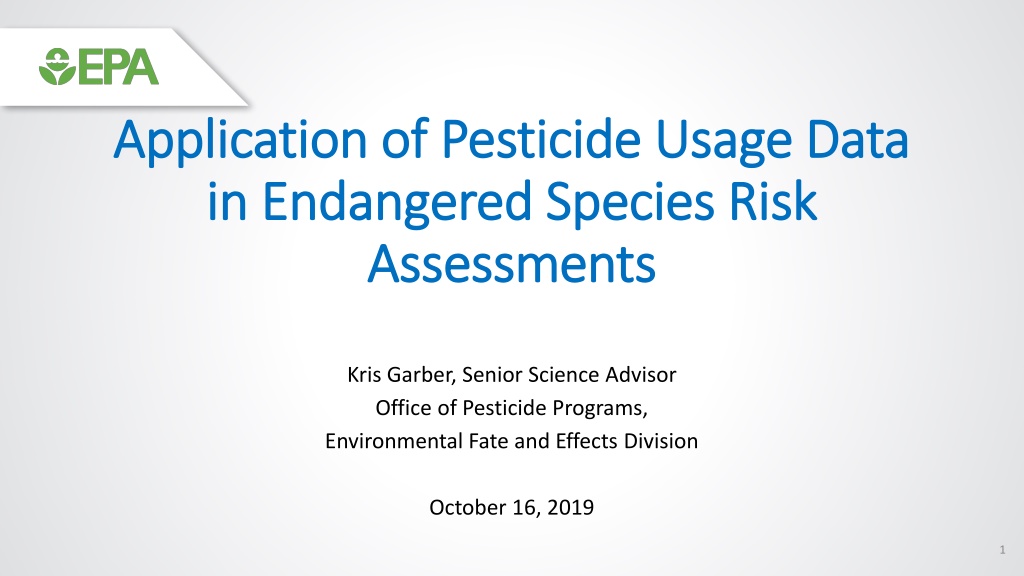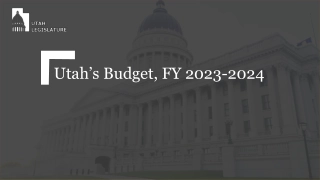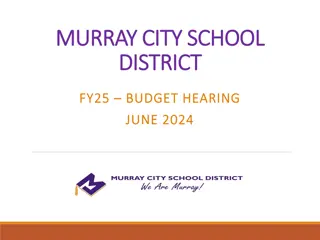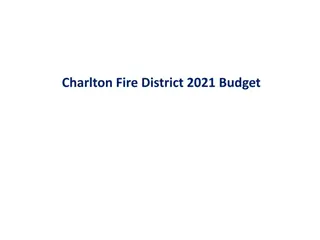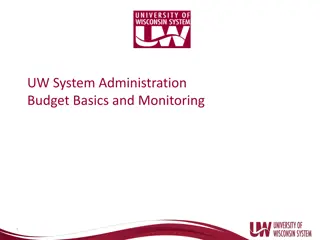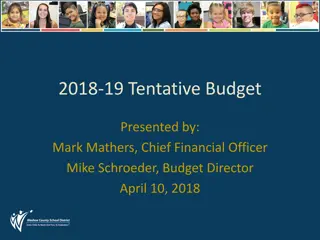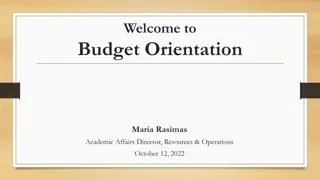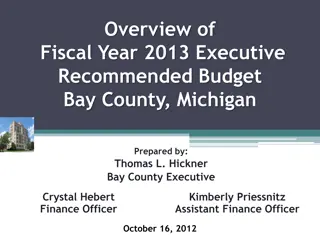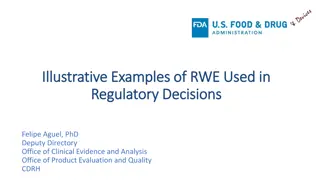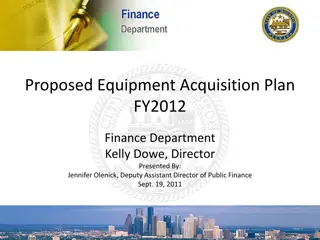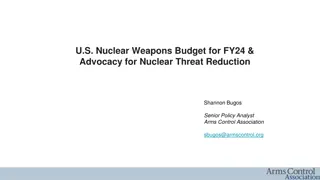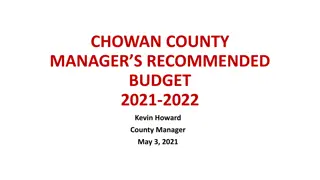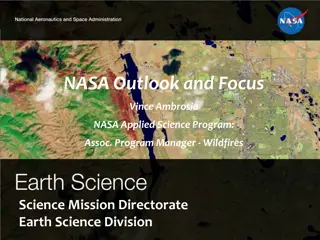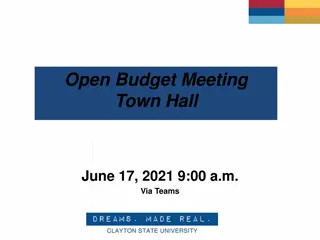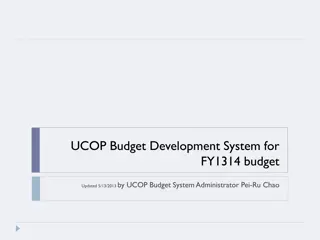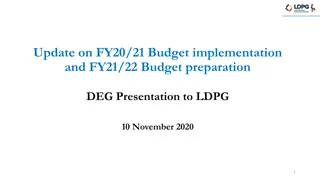FY12 Administration Recommended Budget Overview
This collection of images and data provides insights into the FY12 administration recommended budget, Scott County goals, policy and management agenda, summary of FY11, budget overview for FY12, taxable valuation, and changes in tax rates by class.
Download Presentation

Please find below an Image/Link to download the presentation.
The content on the website is provided AS IS for your information and personal use only. It may not be sold, licensed, or shared on other websites without obtaining consent from the author.If you encounter any issues during the download, it is possible that the publisher has removed the file from their server.
You are allowed to download the files provided on this website for personal or commercial use, subject to the condition that they are used lawfully. All files are the property of their respective owners.
The content on the website is provided AS IS for your information and personal use only. It may not be sold, licensed, or shared on other websites without obtaining consent from the author.
E N D
Presentation Transcript
Application of Pesticide Usage Data Application of Pesticide Usage Data in Endangered Species Risk in Endangered Species Risk Assessments Assessments Kris Garber, Senior Science Advisor Office of Pesticide Programs, Environmental Fate and Effects Division October 16, 2019 1
Background Information Background Information EPA, Services and USDA solicited advice from the National Academy of Sciences on risk assessment method Report issued in 2013 with risk assessment framework Agencies solicited input from public and developed interim methods used in pilot assessments based on this framework Final biological evaluations for diazinon, chlorpyrifos and malathion released in January 2017 (interim method) Final NMFS BiOps released in 2018 EPA proposed revisions to the interim methods and released them for public comment on May 16, 2019 Revisions based on public input and lessons learned Public comment period closed August 15 www.regulations.gov in docket EPA-HQ-OPP-2019-0185 2
Step 1: Biological Evaluation Step 1: Biological Evaluation Step 1: Relies upon overlap of action area and species range Also considers taxon specific toxicity information Uses conservative assumptions Determinations No Effect: Species that are not expected to be exposed or are not expected to be affected (if exposed) May Affect: Species with an individual that has potential to be affected will move on to Step 2 Action area is where the pesticide has the potential to be used, and the adjacent areas receiving spray drift 4
Step 2: Biological Evaluation Step 2: Biological Evaluation Step 2: Based on the weight of evidence, evaluates if measurable, observable effects are likely to occur Uses more refined spatial-overlap with specific chemical usage information and considers Species life history information Detailed toxicity data Potential exposure concentrations Species that are likely to be adversely affected move on to step 3; Species that receive a not likely to adversely effect determination are not considered further
Applying Usage Data in Biological Evaluations Applying Usage Data in Biological Evaluations Objectives To move from what s possible to what s likely while remaining protective of listed species To determine likely extent of a species range that may overlap with pesticide applications, which informs likelihood of exposure Data used to meet objectives Potential use sites Usage data Species range and critical habitat 6
Data Used to Meet Objectives Data Used to Meet Objectives Potential pesticide use sites Crops (in conterminous US) Use sites are spatially defined using the crop data layer (CDL) from USDA, Crop-specific number of acres grown at state level (from Census of Agriculture) Census of Agriculture data are used to remove a use layer from a county where only non- registered crops are grown Non-crops Landcover data sources vary based on use and location Start with NLCD and expand to other data sources as needed Hawaii state and Puerto Rico territory data 7
Data Used to Meet Objectives (cont.) Data Used to Meet Objectives (cont.) Usage data Crop-specific percent crop treated (PCT) is available at the state-level PCT = acres treated / acres grown Scale of non-crop usage data varies based on chemical and use site Species ranges and critical habitats Obtained from the Services Scales range from 0.1 A to state-level or larger 8
Applying PCT to Potential Use Sites Applying PCT to Potential Use Sites Calculate how many acres are likely treated relative to the species range or critical habitat There are challenges in applying PCT to use sites: PCT is crop specific, but land cover classes include multiple crops PCT is not available for all crops/uses PCT data are at state level for crops and regional/national level for non-crops Challenges can be addressed by: Deriving aggregated PCT for each land cover class based on the relative proportion of the acres treated and acres grown of each crop Approach can incorporate varying assumptions of distribution of treated acres relative to species range/critical habitat Initial approach conservatively assumes treated acres occur within species range 9
Step 2 Conceptual Illustration Step 2 Conceptual Illustration Colorado Agricultural area (potential use site) Species x range 10
Step 2 Conceptual Illustration Step 2 Conceptual Illustration Colorado All treated acres fall within the species range Agricultural area (potential use site) Species x range Example: PCT = 10% Treated site 11
Step 2 Conceptual Illustration Step 2 Conceptual Illustration Colorado Treated acres are uniformly distributed throughout state Example: PCT = 10% Agricultural area (potential use site) Species x range Treated site 12
Step 2 Conceptual Illustration Step 2 Conceptual Illustration Colorado Treated acres are concentrated outside of species range Example: PCT = 10% Agricultural area (potential use site) Species x range Treated site 13
Applying PCT to Potential Use Sites Applying PCT to Potential Use Sites Goal is to calculate extent of overlap of exposure area with species range (or critical habitat) Number of acres treated overlapping with species range is calculated for each landcover category Treated acres from different landcovers is summed Spray drift associated with treated acres is added to overlap Weight of Evidence considers influence of different assumptions on number of individuals exposed and impacted
Implications for the Risk Assessment Implications for the Risk Assessment Changes the overlap analysis from theoretical to what is likely to occur based on pesticide-specific data Still protective of species Allows us to consider The likelihood that an individual may be exposed The most likely proportion of the population that is exposed Use patterns that are driving risk, which is useful for identifying mitigation measures 15
